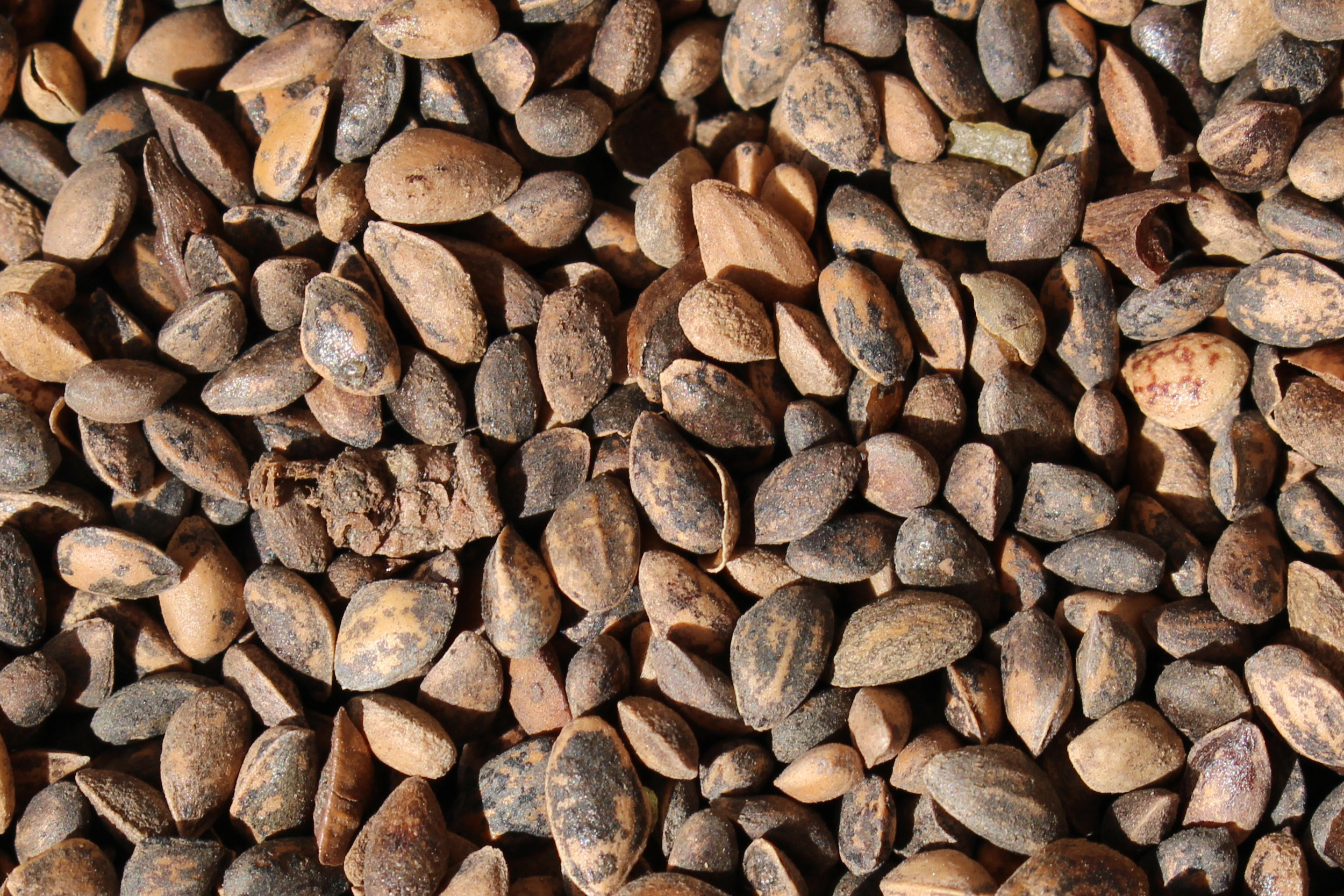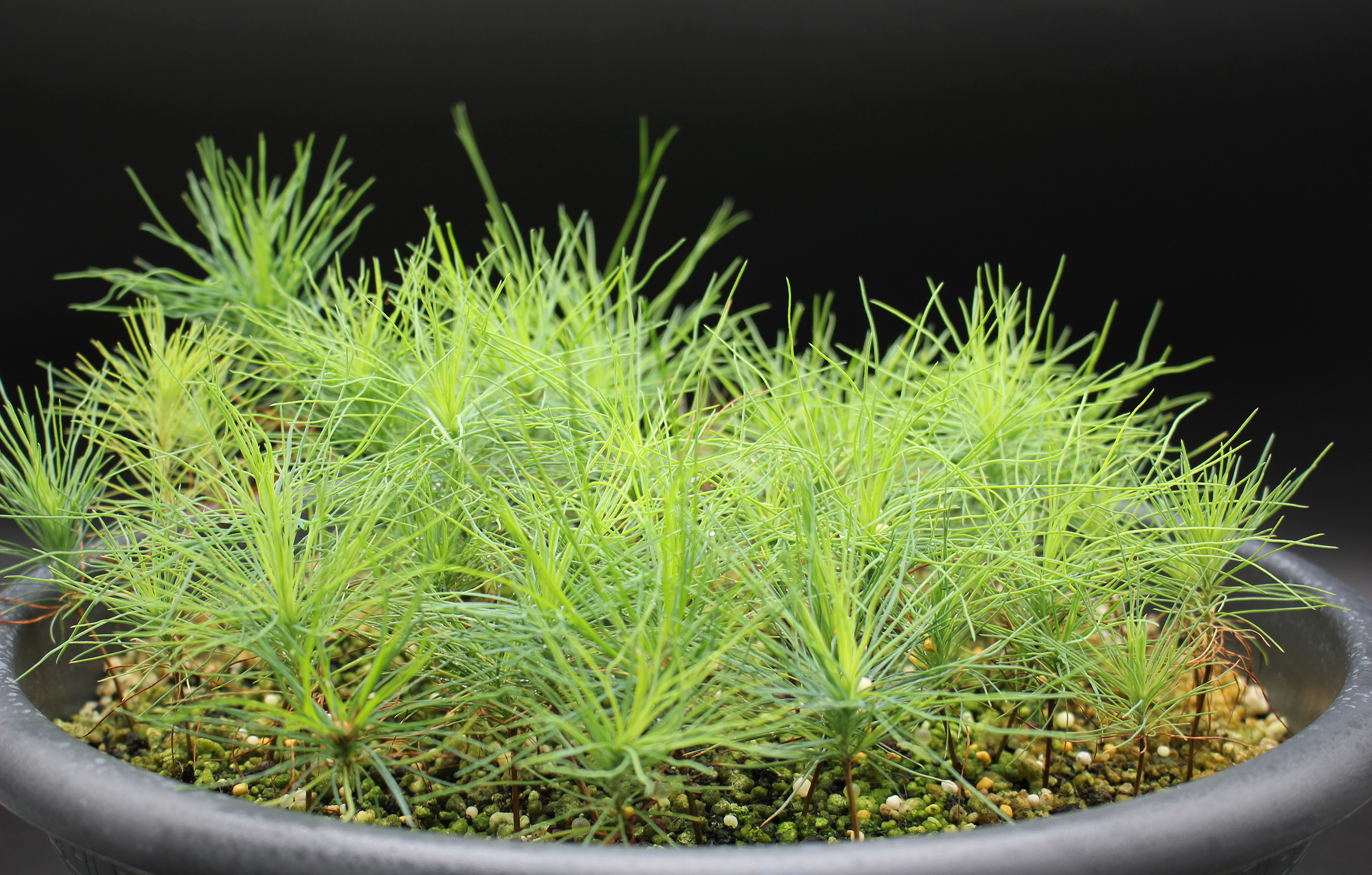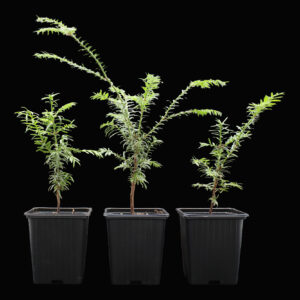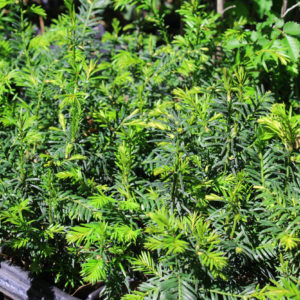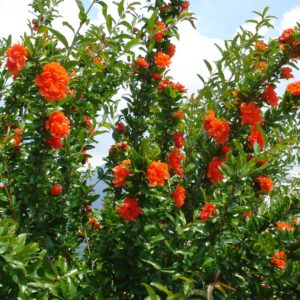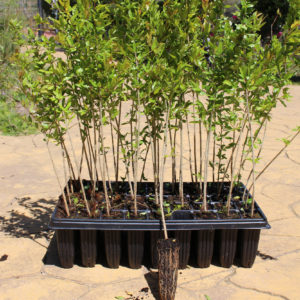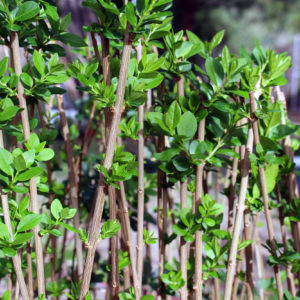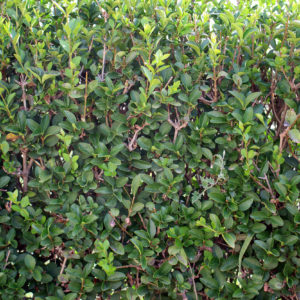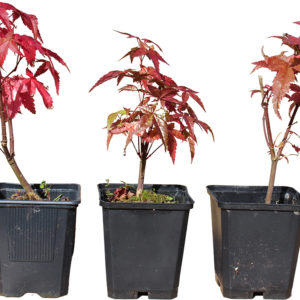Description
Creating a beautiful bonsai using Japanese black pine seeds can be a rewarding and fulfilling experience. Here is a step-by-step guide to get you started.
Stratification
The seeds of most pine trees need to be stratified to allow germination. In the case of Pinus Thunbergii, please place the seeds in the refrigerator for 30-60 days to simulate the cold season. Our seeds are already stratified and ready for immediate sowing.
Seed preparation
You can start sowing as soon as temperatures reach around 20°C. Soak the seeds in water for 24-48 hours. This helps soften the seed coat and promote germination. After soaking, remove any floating seeds as they are unlikely to sprout.
Prepare the substrate
Bonsai soil should be well-drained. You can make a mixture of equal parts akadama , pumice, and lava stone. Alternatively, you can also use pre-mixed bonsai soil, which is available from gardening stores.
Sow seeds
Fill a shallow bonsai pot with the prepared potting mix. Place the soaked seeds evenly spaced on the surface of the soil. Gently press them into the soil, but avoid burying them too deeply.
Watering and care
Always keep the soil moist but not waterlogged. Water the Pinus Thunbergii seeds carefully using a spray bottle or a watering can with a fine spout. Ensure good drainage in the pot to avoid waterlogging.
Make sure there is enough light
Japanese black pine seeds need a lot of sunlight to germinate and grow. Place the pot in a sunny location, e.g. B. on a south-facing window or an outdoor space with full sun.
Germination
Germination can take several weeks to months. Be patient and continue to provide proper care during this time. Always keep the soil moist and watch for signs of growth.
Thinning and transplanting
Once the seedlings have grown a few inches tall and developed several sets of true needles, you can thin them out, leaving only the strongest, healthiest seedlings . You may need to transplant them into individual pots to make more room for growth.
Additional information
| Weight | N/A |
|---|---|
| Quantity | 2 grams ~ 100 seeds, 20 grams ~ 1,000 seeds, 200 grams ~ 10,000 seeds |
